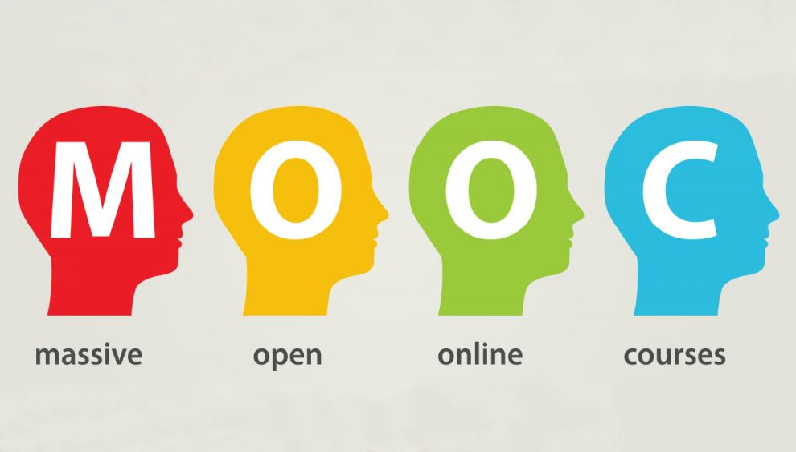Venturing into the world of e-learning is often considered to be one of the most profitable decisions you can make right now. With a wide selection of demographics to target and a number of problems you can find a solution for, turning your ideas into sellable content can be easy if you know what tools to use and which platform to head into.
But that does beg the question: how do you go about teaching people online? What medium should you use? Fortunately for you, online courses were never made to be generic. They can come in various forms which gives you enough leeway to create highly unique course curriculums that take advantage of current technology. Below are some of the major types of online course formats that you need to be aware of.

The Flipped Course
This is perhaps the most common course type out there and most content creators tend to design their curriculum to fit this mold. In most cases, the flipped course is similar to a typical real world classroom lecture but with a twist. Where the real-world counterpart spends 90% of the time discussing the subject and 10% is left to classroom interactions, the scheme is reversed in the flipped course hence the term.
Basically, you will spend the first quarter of the period talking about the main points of the module while the rest of the time will be dedicated to you interacting with your students, asking your students various questions while answering theirs. You can take advantage of this format by tackling the more difficult parts of your module during the active learning period.

Face to Face
This format is the most similar to a real-world classroom setting. Basically, you and your students will meet “face to face” via a virtual classroom or online campuses or whatever similar tool that the platforms you are part of will call them. The method of teaching here is also quite similar, you spend the rest of the class teaching the module while activities are interspersed from time to time to keep your students engaged.
The Hybrid Course
Also known as the Blended Course, the Hybrid Course takes parts from both the Flipped and Face to Face courses to come up with something unique. Traditional face to face instruction is still present but severely limited. This means that you can actually have more time dedicated to interacting with students and addressing whatever issue they might have with the course.

Web-Based
Another popular online course format, this course type takes full use of the tools readily provided for you at any of the various online course platforms out there. You simply publish your course which can come in various media at a localized virtual clipboard as well as assignments and quizzes. The students can then access these files at any time and finish the course at their own pace. Direct interaction with your students might be limited but this gives you more time to address issues students might have with your course personally, improve on the details of each module, or build a new course from scratch.
Peer Instruction
A new concept from Harvard, this form of online course instruction is quite new and requires no interaction for you and your students. Basically, all you do is post the course syllabus with the details of the module on a virtual clipboard and it will be the students themselves who will discuss for themselves regarding the details of the subject in a forum style medium. The absence of an authority figure can make students all the more comfortable and your course all the more appealing.

Web-Enhanced
A hybrid of the Web-based and Face-to-Face models, the Web-enhanced format allows you to meet your class at an allotted time and date to discuss the key points of a module. Like the face-to-face model, you can remotely interact with your students by asking them questions and answering theirs in return. However, there will be components to your course that will be available to students on a 24/7 basis which gives them enough time to catch up (especially during times of poor Internet connection). This means that students still have the option to finish the course at their own pace.

MOOC
Known formally as the Massive Open Online Course, the MOOC is ideal for course that target large classes like that in a typical university classroom. This means that this model is best for university professors who want to fully transition to a virtual channel with their instructions. There are platforms out there that encourage course creators to design their courses to accommodate for a classroom setting that can be filled up by more than 50 people at once. As of now, MOOC students still do not receive credit for taking the course but the platform has been successful enough in letting them learn something new and an easy medium for experienced professors to take advantage of.
